Sam J
Audio
Video


Journeying from Good to Great
Bruce Zick: I was lucky to get a job as an animation union apprentice working in Saturday morning cartoons for Ruby-Spears. I was terrible at first and worked constantly for the next four years trying to get better fast. I started freelancing for other studios as a layout artist and also for Sat. Morn. After a few more years, I got a job for Disney on Rescuers Down Under and, from that point on, my career took off. I moved from L.A. to Portland years later and, because of the distance factor, I had less work going on. So I started in the comic book business, first working for Marvel and then Dark Horse. I like the balance between the two fields.
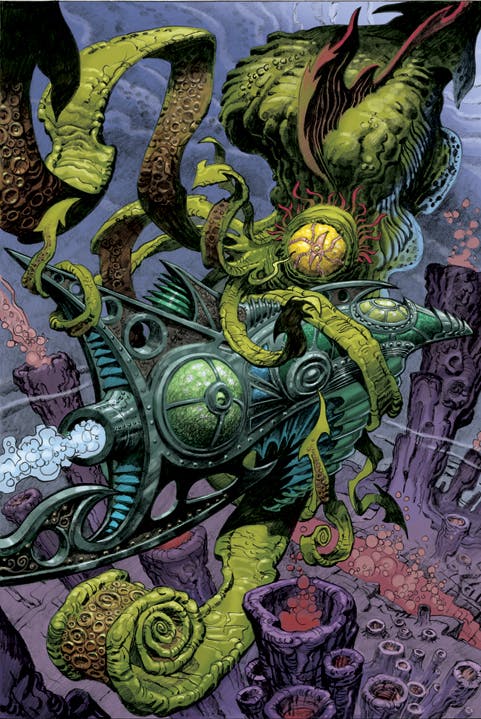
Bruce Zick: Certainly, the computer changed everything. For twenty years I could work strictly as a pencil illustrator. But it was inevitable that I learn digital painting. I resisted for many more years and gradually built up my confidence and a good level of proficiency. Then, years later, more artists were working in 3D and that is something I need to learn, though I am not excited about the technical learning curve.
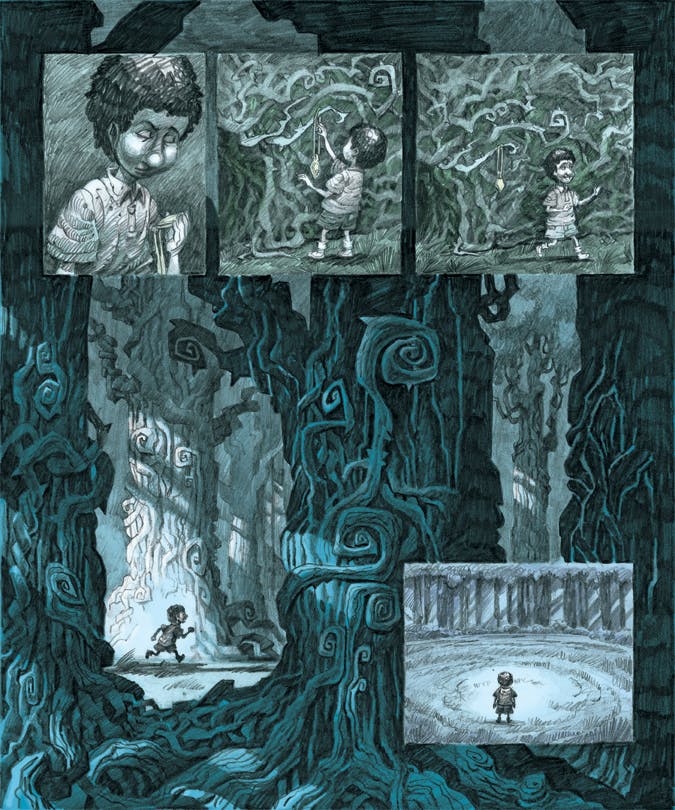
Bruce Zick: They hire the best people they can get and create an environment for them to do what they do best.
"There is always a factor of just innate talent that we have no control over. Otherwise, for the majority of successful artists, it’s about hard, hard work, devotion, learning and never giving up."
Bruce Zick: I think the difference is in the amount of dedication one has. There is always a factor of just innate talent that we have no control over. Otherwise, for the majority of successful artists, it’s about hard, hard work, devotion, learning, and never giving up.
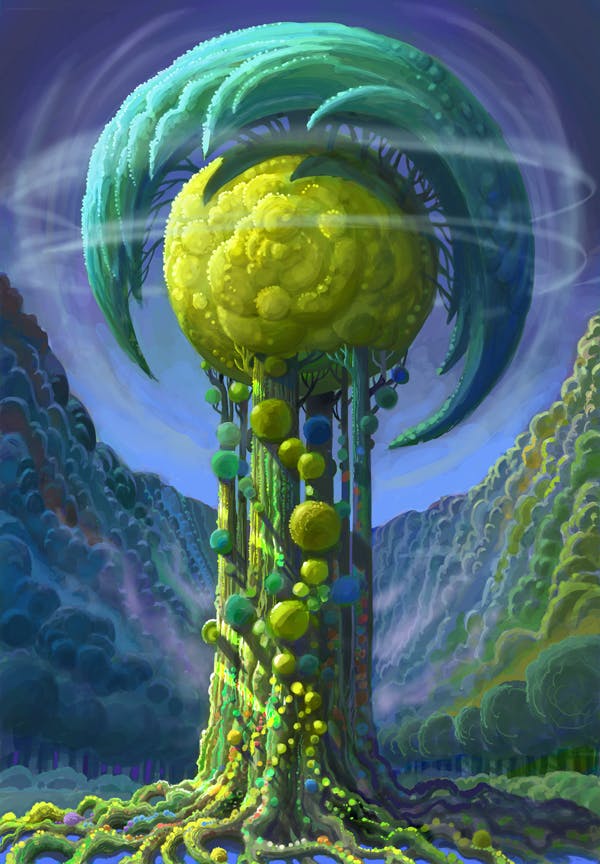
Bruce Zick: Size is one important difference. A comic has severe space limitations; it’s very difficult working in small panels on a small page when you can work in an unlimited size for a film. Plus, in comics, you have to be the director, the actor, the designer, the cinematographer, the editor, the set decorator, etc. Also, in films, you can pour your soul into an illustration. In comics you have to work faster because of the limited economics; plus, you don’t want to clutter up your page with too much detail.
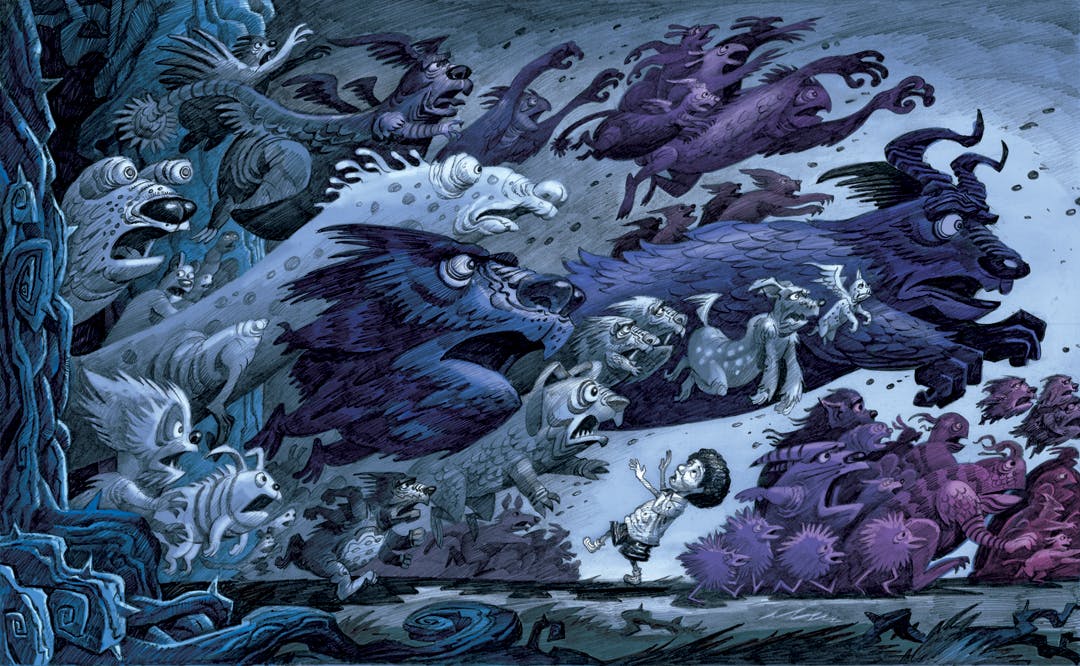
Bruce Zick: It’s all about the story and how you can choose a style that best expresses the feel of the story. Nothing is arbitrary. You should use psychology in your choices to convey the emotions that the specific moment of the script requires. Color choices are similar; it’s all about psychology.
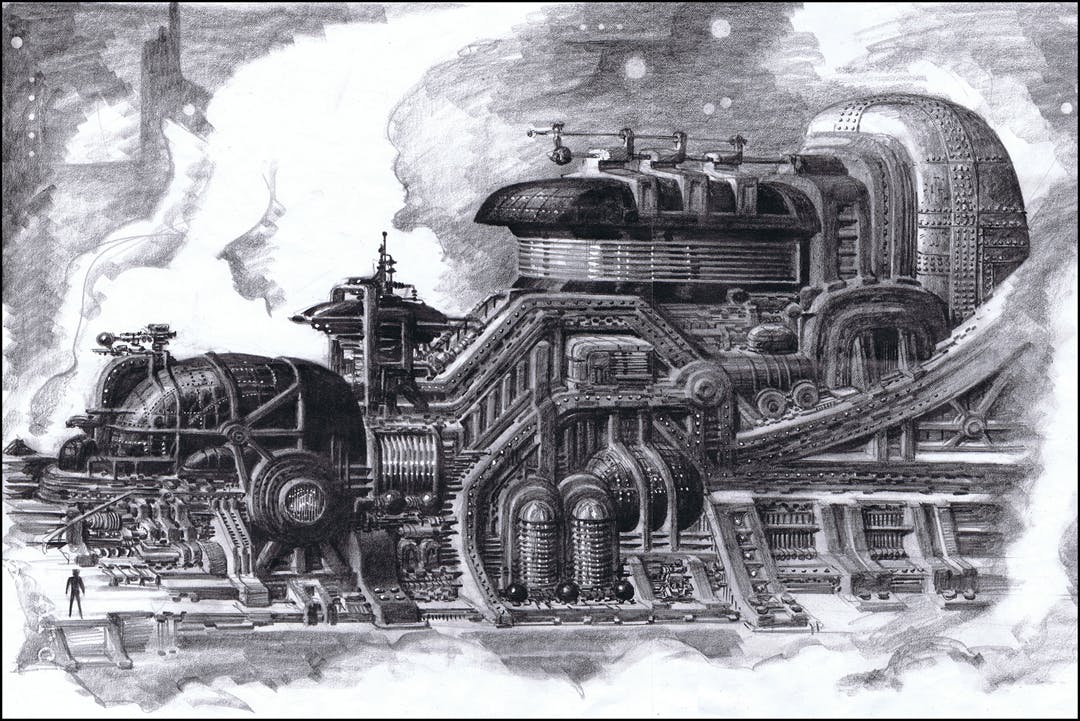
Bruce Zick: Learn as much as you can about everything. Study the history of art; explore a wide range of artists and learn from them. Because there is so much competition, it helps to have a side job that can pay the bills. That way, you can hang in there for years as you improve and make connections, and develop a reputation.

Bruce Zick: Being better as a painter is really stimulating – learning about new artists and expanding my ideas while rebooting my default work mechanisms. I always look forward to each new assignment, whether film or book and the new opportunities it will bring. It never ends – as long as you love what you do it will always be a rewarding experience.

Bruce Zick: Communication can be a challenge. I have to ask a lot of questions and really strive for having a clear connection. The client and the artist can never assume that an understanding has been reached. When I have a client meeting, afterward they often send me notes about the discussion which is very helpful. I do the same. I will write down what I think my understanding is of what we discussed and give them the opportunity to either confirm or make changes.
